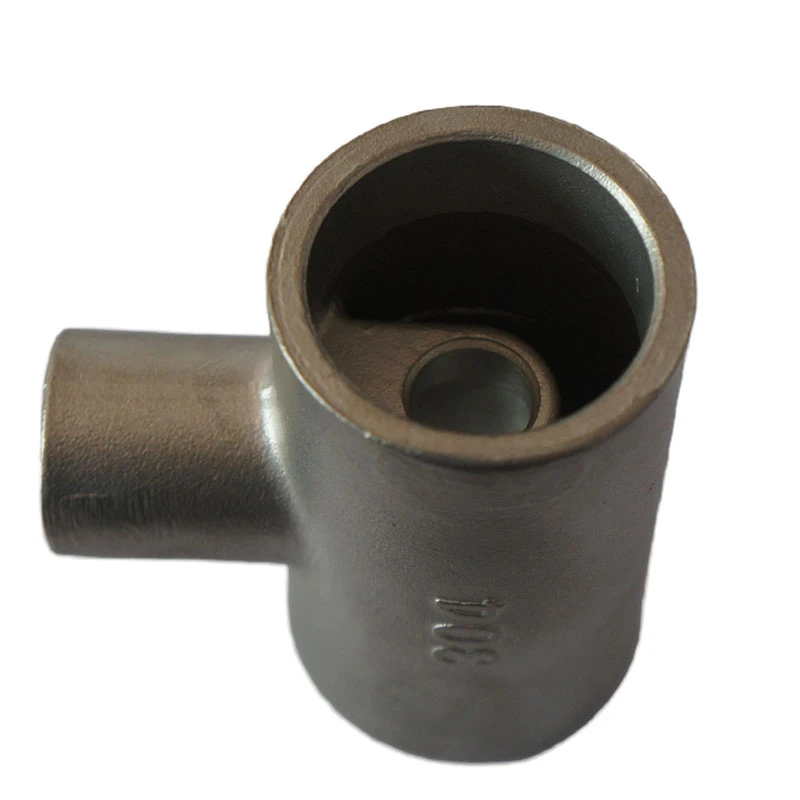Cost Analysis of Stamped Parts for Manufacturing Projects
Understanding the Pricing of Stamping Parts
In the realm of manufacturing, stamping parts play an integral role across various industries, from automotive to electronics. Understanding the pricing of these components is essential for businesses aiming to source cost-effective solutions without compromising on quality. This article delves into the factors that influence the price of stamping parts, helping buyers make informed decisions.
The Basics of Stamping Parts
Stamping is a manufacturing process that involves converting flat sheets of metal (typically steel, aluminum, or brass) into specific shapes using dies and presses. The process ensures precision, consistency, and efficiency in producing complex parts at scale. Common applications of stamping parts include brackets, panels, and connectors, which are critical for the assembly of larger products.
Factors Influencing Pricing
1. Material Type The choice of material significantly affects the cost. High-strength materials or specialized alloys may command higher prices due to their enhanced properties. For instance, stainless steel parts are typically more expensive than carbon steel parts due to material costs and processing complexity.
2. Complexity of Design The complexity of the part being stamped also plays a pivotal role in pricing. More intricate designs require advanced tooling and longer production times, which can drive up costs. Simpler parts, in contrast, can be produced more efficiently and at lower prices.
stamping parts price

3. Volume of Production Pricing is often tiered based on order volumes. Higher quantities usually result in lower per-piece costs due to economies of scale. For businesses, understanding their production needs and projecting future orders can be beneficial for negotiating better prices.
4. Tooling Costs The cost of developing and maintaining stamping dies is a significant factor in overall pricing. Custom dies represent a considerable upfront investment that is amortized over the number of parts produced. Therefore, the more parts produced using a particular die, the lower the cost per part.
5. Labor Labor costs also contribute to the overall expense. Skilled labor may be necessary for quality control and to oversee the stamping process, especially for high-precision components. Geographic location can influence labor costs, with some regions being more affordable than others.
6. Finish Requirements Additional finishing processes, like painting, coating, or plating, add to the overall price. If a part requires a specific finish to comply with industry standards or enhance its durability and aesthetic, this will be factored into the pricing.
7. Supplier's Market Position The reputation and capabilities of the supplier can impact pricing. Established companies with advanced technology and a proven track record may charge a premium for their services due to the reliability and quality assurance they offer. Conversely, new or less-reputable suppliers might undercut prices to gain market share.
Conclusion
The pricing of stamping parts is influenced by a myriad of factors ranging from material selection to design complexity and production volume. For businesses looking to procure stamping components, it is crucial to assess these parameters to ensure they receive the best value for their investment. By fostering strong relationships with suppliers and clearly communicating design requirements, companies can negotiate better pricing while ensuring the quality and reliability of their stamped parts. Understanding these dynamics not only aids in cost management but also enhances overall operational efficiency, enabling businesses to thrive in a competitive marketplace.
-
OEM Sand Cast Pump Valve Fittings - Baoding Hairun | Precision Engineering, CustomizableNewsJul.30,2025
-
OEM Sand Cast Pump Valve Fittings - Baoding Hairun Machinery And Equipment Trading Co., Ltd.NewsJul.30,2025
-
OEM Sand Cast Pump Valve Fittings - Baoding Hairun Machinery And Equipment Trading Co., Ltd.NewsJul.30,2025
-
OEM Sand Cast Pump Valve Fittings - Baoding Hairun Machinery|Precision Engineering&Fluid ControlNewsJul.30,2025
-
OEM Sand Cast Pump Valve Fittings - Baoding Hairun Machinery And Equipment Trading Co., Ltd.NewsJul.30,2025
-
OEM Sand Cast Pump Valve Fittings-Baoding Hairun Machinery And Equipment Trading Co., Ltd.NewsJul.30,2025















